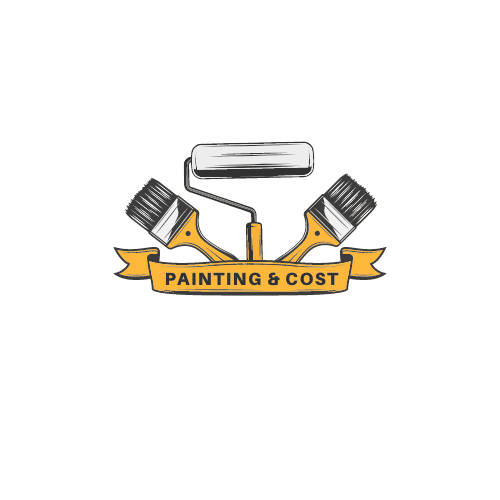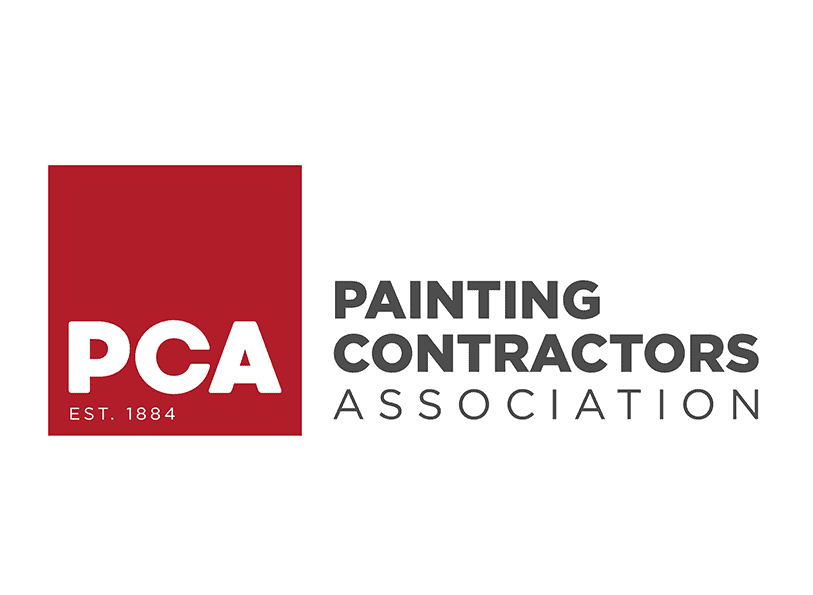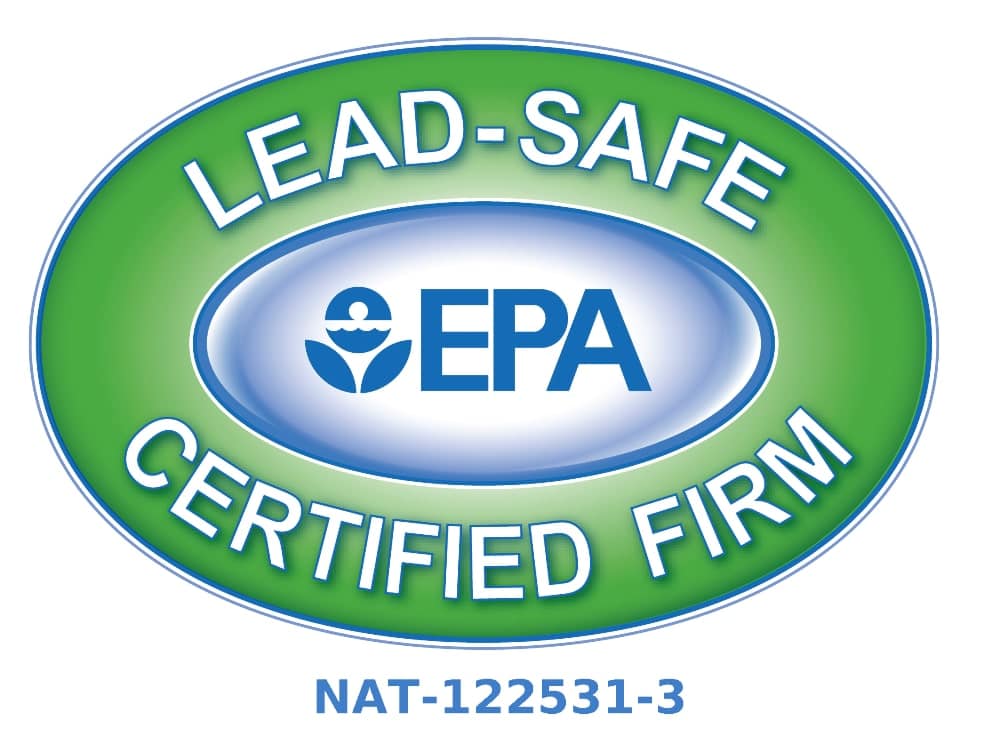
11 Jul What Factors Affect Cost?
Several factors can influence the cost of painting. We evaluate each project individually to provide the client with an accurate estimate. No two projects are the same.
While each project is different, the factors that can affect it are pretty standard, and we list them below. We also detail a cost estimate of various factors on our website.
1. Room Size and Ceiling Height: Larger rooms require more paint and take longer to complete, increasing material and labor costs.
2. Type of Paint: Higher quality paints or specialty finishes can be more expensive.
3. Number of Coats: Some colors or finishes require multiple coats of paint for full coverage.
4. Surface Condition: Walls that need extensive preparation or repairs, such as filling holes or repairing cracks, will add to the cost.
5. Trim and Detail Work: Intricate trim, moldings, or other wall details require more time and precision.
6. Accessibility: Difficult-to-
8. Labor Costs: The experience level of the painters and labor costs can affect pricing.
9. Amount of Prep Work: The preparation we need to do before painting can affect costs.
10. Additional Features: Textured walls, accent walls, or murals can increase costs.
Any paint contractor must carefully review projects individually instead of using a one-size-fits-all approach or estimate template. We want to thoroughly understand the breadth of a project and have our questions answered before providing a project quote.
Our detailed estimates always reflect your project’s specific needs and scope. With more than twenty years of experience as one of Northern Virginia’s most reputable painting contractors, our regular clients have come to trust us for the quality of our work and our work ethic. We would love to provide an estimate on your paint project! Please contact our office to schedule an appointment or use our online scheduler.
FAQ
1. How does the size of my home impact the cost of painting?
The overall size of your home is one of the most significant factors affecting painting costs. Larger homes or rooms require more paint and labor, which increases the total price. Multi-level homes or spaces with high ceilings can also add to labor costs due to the extra effort and equipment needed.
2. Why does the type and quality of paint matter for the final price?
The type and quality of paint you select play a major role in determining cost. High-quality paints generally cost more upfront but offer better coverage, durability, and longevity. Specialty paints, such as eco-friendly or mold-resistant options, can also increase the price but may provide added benefits over time.
3. How does surface preparation influence the painting cost?
Surface preparation is crucial for a successful paint job and can significantly impact costs. If your walls or exterior require repairs, sanding, cleaning, or priming before painting, this will add to both labor and material expenses. Older homes or those with damaged surfaces typically need more prep work, raising the overall price.
4. What role does labor play in the overall cost of painting my home?
Labor is often a substantial portion of painting costs. Professional painters may charge by the hour, per square foot, or per room, with rates varying based on experience, location, and project complexity. Hiring skilled professionals ensures quality results but will be reflected in the final quote.
5. Are there other factors that can affect the cost of a painting project?
Yes, several additional factors can influence the cost, including:
-
The complexity of your home’s layout or architectural details, which may require more time and skill.
-
The amount of furniture that needs to be moved or covered.
-
Accessibility challenges, such as hard-to-reach areas or confined spaces.
-
Seasonal demand, as prices may fluctuate during peak painting seasons.
-
The need to paint trim, baseboards, or ceilings, which can add to labor and material costs.












Sorry, the comment form is closed at this time.